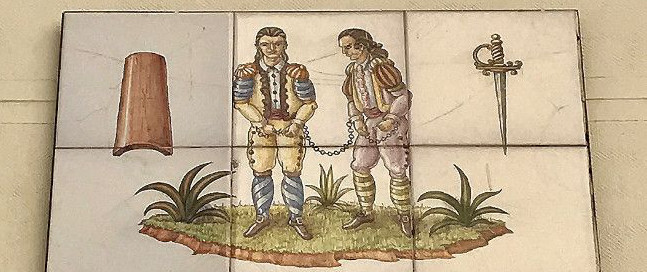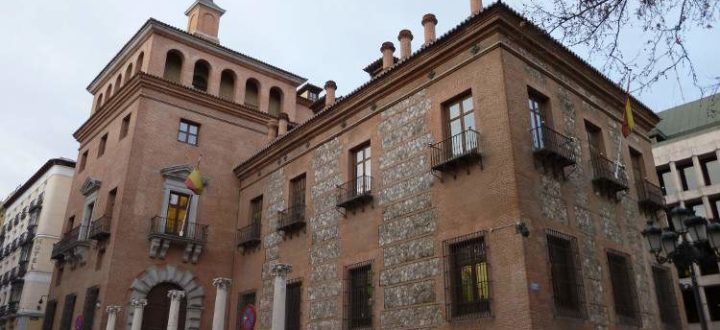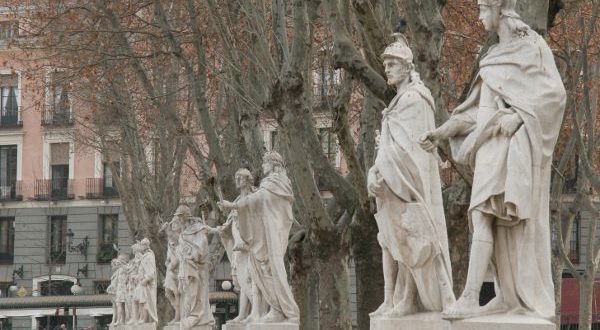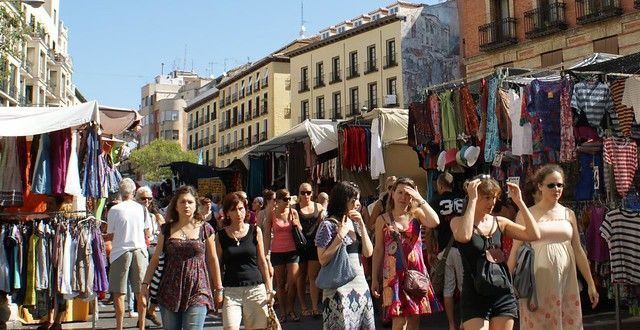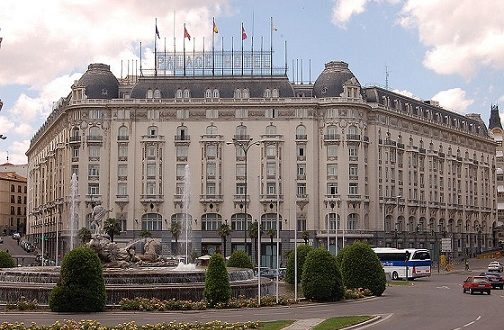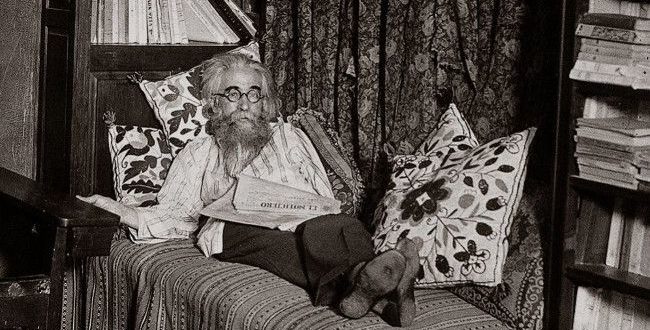
It is said that people use violence when they have no arguments, but paradoxically Valle-Inclán, a genious of the word lost his arm using force in a fight. Cervantes who was called “one-armed of Lepanto” was never really one-armed, but was injured on his wrist in the famous Battle of Lepanto on October 7, 1571… Continue reading “VALLE-INCLÁN: THE REAL ONE-ARMED”
